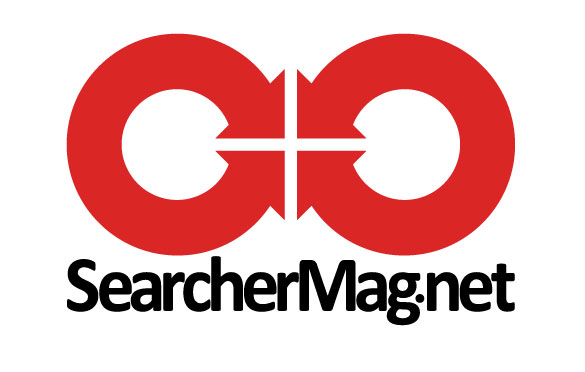Adwords is a complicated product with many different levels of settings. That includes everything from the most basic level, like keywords, to highly advanced settings such as placement and day parting. The question is often not does my account need Adwords optimization, but instead where to start. For new accounts or younger campaigns, especially in the first few weeks after activation, Adwords optimization is pretty basic. Effective Adwords optimization only comes as the result of being able to analyze statistically relevant information, and being able to conduct a multitude of keyword, ad, ad group, and targeting tests. Meaningful conclusions can not be made without having a good enough data sample.
Let’s cover the basic types of Adwords optimization.
- Keyword Optimization — This is the most basic form of Adwords optimization. Keywords should be either added or should be removed if they do not meet the advertisers goals, whether that be clickthrough rate, cost, cost-per-acquisition, or conversion rate.
- Negative Keyword Optimization — Negative keywords should be continually added to the account. They should be based on the actual searches, and should be periodically evaluated to make sure they are up to date and aren’t blocking relevant searches.
- Bid Optimization — Adwords bid optimization should happen very regularly. Your Adwords CPC and related bids change continually, multiple times per second as competition enters your market. These should be adjusted at least several times a month if necessary to keep your keywords displaying at the correct position, and to take advantage of lowered competition or to maintain your territory in times of increased competition. It can also be used to increase position on terms that are performing well from a conversion standpoint.
- Ad Optimization — A best practice is to test variants of ads against each other two at a time in a split test. The ad with the winning clickthrough rate and conversion rate should be selected, and the competitor should be removed.
- Ad Group Optimization — Oftentimes when doing initial keyword research and account setup, there may be more keywords in an ad group than is optimal. Adwords recommends 5-15 keywords in a given ad group, so if there are more than that, or if there are multiple themes in that ad group, the best practice would be to break that ad group into multiple subgroups.
- Geographic Optimization — Geographic targeting is best discussed and planned from the start of the campaign, because it can be difficult to measure its effectiveness in practice. If a campaign is spending a lot of its budget but failing to hit its targets, limited geographic area can be an effective way to improve performance.
- Campaign Settings Optimization — These include but are not limited to device targeting, time of day scheduling (otherwise known as day parting), ad delivery frequency, frequency capping, and some other campaign-level settings. These should be tweaked on an as-needed basis for a more holistic optimization approach.
- Display Network Optimization — This is almost a topic in and of itself because there are many things to optimize on a display network campaign, including reach, frequency, placement, placement bid level, demographics, remarketing, interest categories, related lists, and more.
This is a general overview of more tactical Adwords optimizations to give you ideas. If you do not have a person who can effect these for you, you may want to consider having an Adwords agency perform them for you in a maintenance arrangement.



